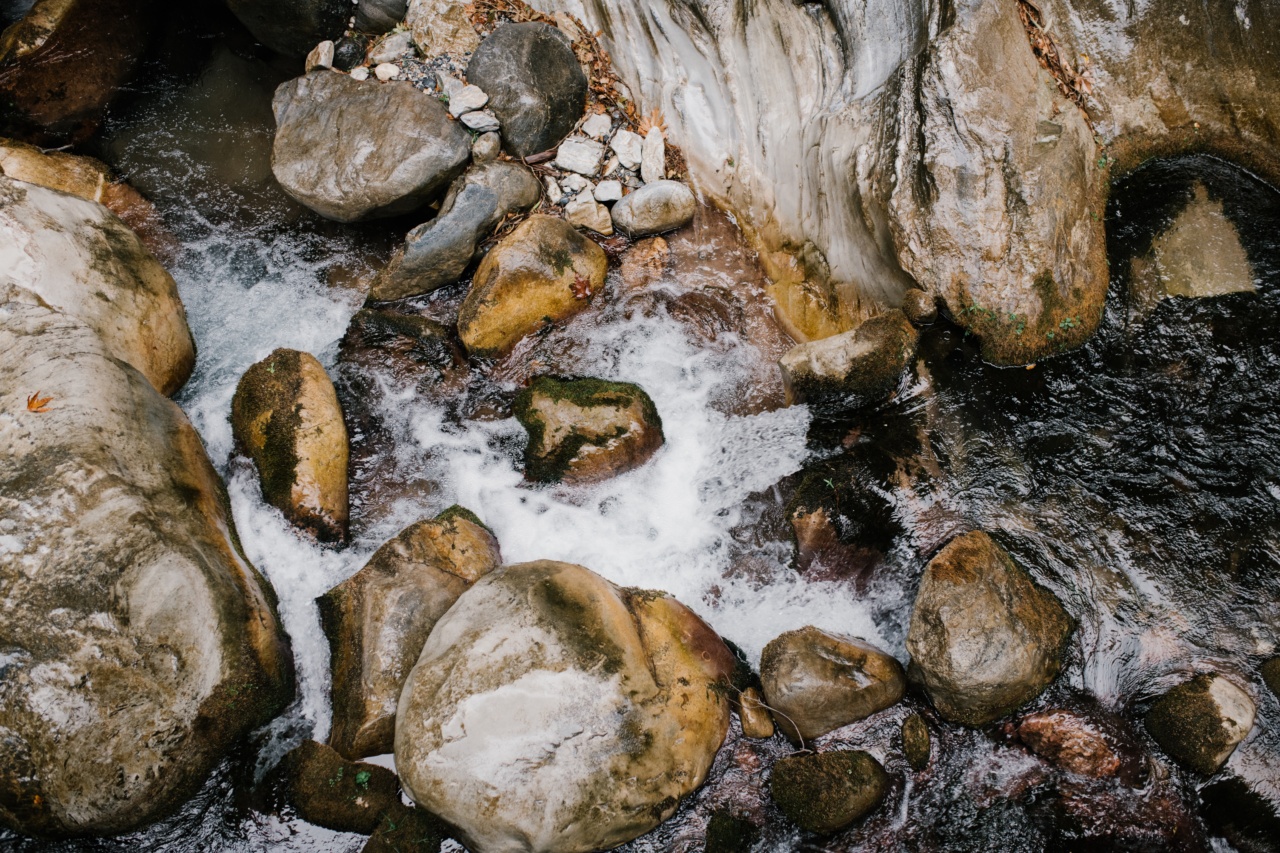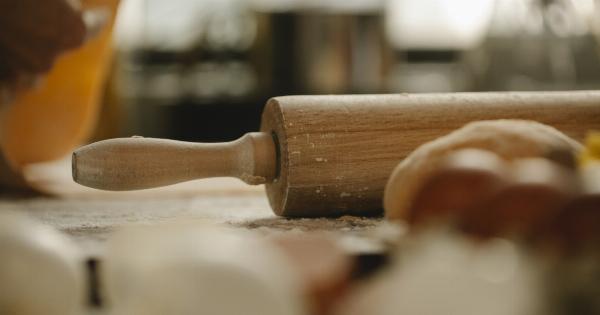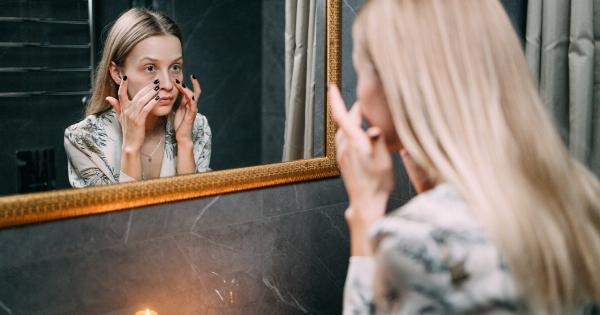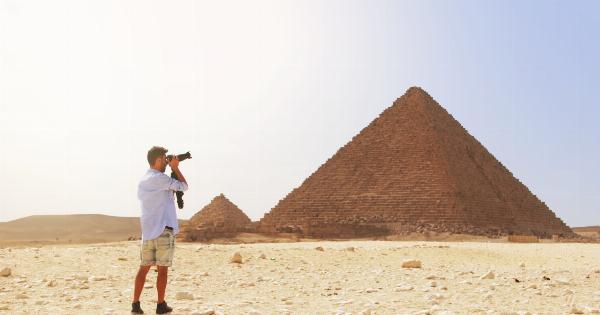Perfumes have been an integral part of human culture for centuries. They have the power to transport us to magical realms, evoke memories, and even enhance our moods.
This article takes you on a captivating journey through the world of perfumery, exploring its history, ingredients, and the art of perfume creation.
The Origins of Perfumery
Perfumery traces its roots back to ancient civilizations such as Egypt, Mesopotamia, and India. Fragrant resins, spices, and flowers were treasured and used in religious rituals, ceremonies, and for personal adornment.
These aromatic substances were seen as precious gifts from the gods, with the power to connect human beings with the divine.
Perfume Ingredients: Nature’s Gifts
Natural ingredients are at the heart of perfumery. Essential oils derived from flowers, fruits, woods, and spices form the basis of many fragrances. The extraction of these oils is a meticulous process that requires skill and expertise.
Flowers like roses, jasmine, and lavender are carefully picked and distilled to extract their unique scent profiles.
On the other hand, spices such as cinnamon, cardamom, and clove add warmth and complexity to perfumes. Woods like sandalwood and cedar provide a solid foundation, while fruits like bergamot and citrus add a refreshing zing.
Perfumers often combine these ingredients to create harmonious scent compositions.
The Fragrance Pyramid: Top, Middle, and Base Notes
A well-crafted perfume is a symphony of scents that evolves over time. Perfumes are often described using a fragrance pyramid, which is divided into three layers: top, middle, and base notes.
The top notes are the initial burst of fragrance that one smells upon application. They are typically light, fresh, and fleeting, meant to catch one’s attention immediately.
Common top notes include citrusy and herbaceous scents like lemon, bergamot, and lavender.
The middle notes, also known as heart notes, emerge once the top notes have dissipated. These scents make up the body of the fragrance and are often floral or fruity in nature.
Rose, jasmine, and ylang-ylang are popular choices for middle notes, adding depth and complexity.
The base notes are the foundation of the fragrance, slowly releasing their aroma over time. These scents tend to be heavier and more long-lasting, providing the perfume with its staying power.
Ingredients like vanilla, musk, and sandalwood are commonly found in the base notes, imparting a sense of warmth and sensuality.
The Art of Perfume Creation
Perfume creation is a delicate balance of art and science. A skilled perfumer is like a composer, meticulously combining different ingredients to create a beautiful olfactory composition.
Blending various essential oils and aromatic compounds requires a profound understanding of how each ingredient interacts with others. A perfumer must consider the volatility, intensity, and harmony of each note to create a well-balanced fragrance.
It can take years for a perfumer to develop their own signature style and olfactory creations.
The Influence of Culture on Perfumery
Perfumes have always been deeply connected to culture and society. Different regions have their unique olfactory traditions and preferences.
The Middle East, for example, is famous for its opulent and rich oriental fragrances, often infused with oud and frankincense.
In contrast, Western perfumery has historically been dominated by floral and citrus notes.
However, modern trends are breaking these boundaries, with the rise of unisex and niche fragrances that challenge traditional notions of gender and cultural norms.
The Emotional and Psychological Impact of Perfumes
Scents have a profound impact on our emotions and well-being. Certain fragrances can uplift our spirits, evoke long-forgotten memories, or create a sense of calm.
This is because scent molecules have a direct link to the brain’s limbic system, which is responsible for emotions and memory.
Perfume has the power to enhance our mood and boost our confidence. Wearing a favorite fragrance can evoke feelings of happiness and nostalgia, making it a personal and deeply intimate experience.
Perfumery in the Modern Era
In recent years, there has been a growing interest in niche and artisanal perfumery. These fragrances are often created by independent perfumers who craft unique and personal scent experiences.
Niche perfumery offers an escape from mass-produced and commercial fragrances, providing a more intimate and luxurious olfactory journey.
Furthermore, sustainability and ethical sourcing are becoming important considerations in perfumery. Many perfumers are now opting for natural and organic ingredients, as well as eco-friendly packaging.
Conscious consumers are seeking fragrances that align with their values, thus driving positive change in the industry.
In Closing
The world of perfumery is a captivating realm where art, science, and emotions converge. From ancient rituals to modern creations, perfumes have been an integral part of human existence.
Whether it’s the allure of a romantic floral bouquet or the depth of a woody oriental fragrance, choosing and wearing perfume is a personal journey filled with scented bliss.





























